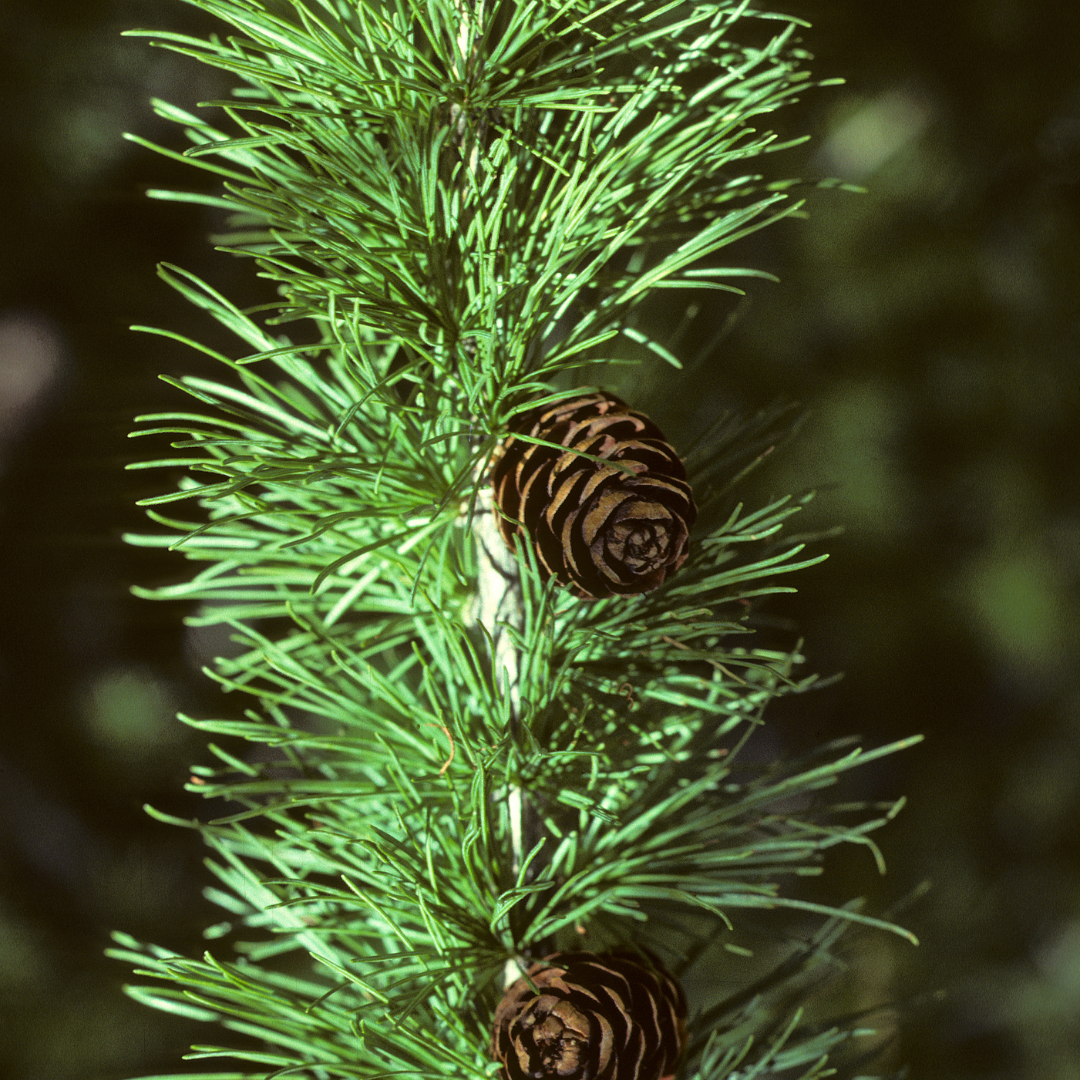The Larch Tree
Although Larches aren’t native to Ireland (or Britain), it is relatively commonly planted in Ireland. The European Larch is native to mountains of central Europe, upland areas in France, Germany and Austria. Larches have woody trunks & stems, needle leaves and a waxy coating that keeps the leaves from losing water which is all characteristic of conifers. But, unlike other evergreen Conifers, they are deciduous, meaning they drop their leaves for part of the year. It is known to be the only deciduous conifer in Europe & the majority of deciduous conifers in other continents are related to them in one way or another.
It is unknown when the Larch were first introduced into Ireland, but judging by some Larches in Ireland, like those found in Centenary Trail in Avondale House, in Wicklow, they have been here for a few centuries. We also know there are some references to Larches being established in Britain from the 17th Century.
European Larches are known to grow wild in mainly high-altitude areas such as the Alps. However, they have been found in the wild in some areas of lowland Poland & Czech Republic. These wild Larches are interesting because they have been separated from those grown in the high altitude areas, and have since begun to change and adapt to their surroundings. This is an incredible real-world example of Charles Darwin's theory of Speciation.
Larches' fast growth, especially in its youth, along with its valuable timber, made it a very sought-after tree for centuries. It is still popular with Boat Makers, with its dense & strong makeup.
There are two main species of Larch Tree in Ireland; The European larch (Larix decidua) and The Japanese larch (Larix kaempferi). There is also a hybrid of both species called a hybrid larch (Larix x eurolepis). The Japanese larch originates from a small region in the center of Honshu Island, Japan & has become the most popular species. In fact, most of the larches planted in Ireland in recent years have been Japanese larch or a hybrid larch, not the European species. This is because these species are more productive for foresters.
The Larch is often included in plantations because of the variety of colors it brings to the landscape throughout the changing seasons. Both species have narrow light-green leaves that turn yellow in autumn. Even after these leaves fall, brown cones remain. The main difference between the European species and the Japanese species is that the leaves on the Japanese variety are slightly broader, and their blueish-green twigs become reddish in the second year.
Coillte, the Irish Forestry Board, actively manages over 10,500 hectares of larch, the vast majority of which is Japanese larch. Significant areas of larch are also planted by the private sector. A high proportion of these areas are in a mixture with other species. Irish nurseries sell nearly 7 million larch plants into the Irish market annually.
As well as its value as a commercial tree, Larches are often used as an ornamental tree, as they are one of the most elegant conifers. This is especially popular in Japan, where they admire the pale green of the needles and the cones, which are pinkish when they first appear.
Over the next couple of months, we will be planting Larches across all of our Cloudforests sites as part of our mission to make planet earth cool.
If you’d like to buy a Native Irish tree planted on our Gift Tree Grove at Cloudforest One, simply follow the link below:




